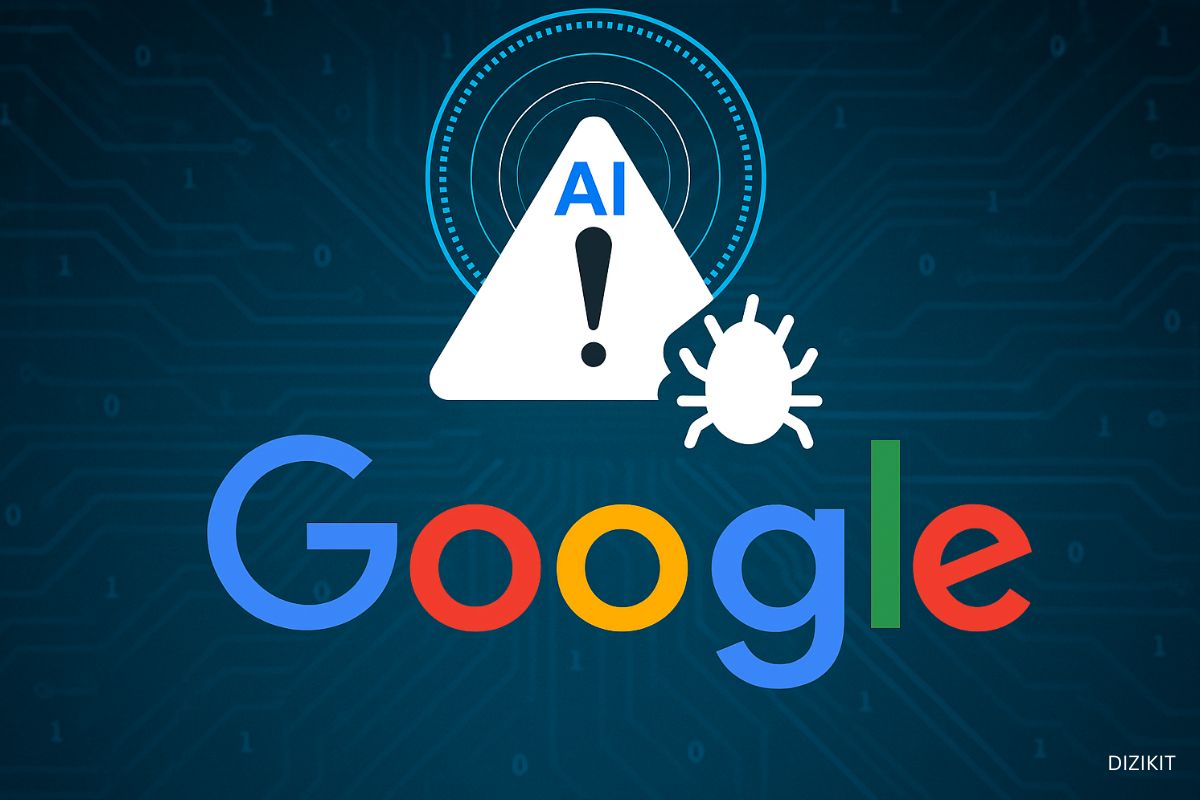
Google AI Tool “Big Sleep” Discovers 20 Bugs in Popular Software
In a major step toward automating cybersecurity, Google’s advanced AI-powered bug detection system—Big Sleep—has successfully reported its first batch of software vulnerabilities. The tool, developed by a collaboration between Google’s DeepMind AI team and its internal cybersecurity experts, has flagged 20 security flaws across several widely used open-source platforms.
What Did Big Sleep Find?
Big Sleep’s debut findings mostly target well-known tools like FFmpeg, a leading multimedia framework, and ImageMagick, a popular image-processing suite. These tools are deeply integrated into thousands of apps and platforms, making the bugs especially significant—even if the full technical details haven’t been disclosed yet.
Since these vulnerabilities are still being patched, details about their exact impact and severity remain under wraps. This is standard practice in the cybersecurity world to prevent bad actors from exploiting bugs before fixes are issued.
However, the sheer fact that a machine learning model not a humanuncovered these flaws is a noteworthy development in AI-assisted vulnerability research.
AI Did the Work — But a Human Verified It
Each reported vulnerability was found and reproduced entirely by Big Sleep. To maintain high quality and avoid false positives, a human expert reviewed each report before it was submitted. That said, the AI agent independently located and validated each bug, marking a strong step forward in automated security research.
A New Era of Automated Bug Hunting?
Big Sleep isn’t alone. Other AI systems like RunSybil and XBOW have also been making headlines for identifying flaws in software and topping vulnerability reporting leaderboards.
That said, this wave of LLM-powered bug hunters is not without controversy. Several developers have voiced concerns about false reports and hallucinations—cases where the AI suggests a problem that doesn’t actually exist. Some maintainers have even likened these submissions to spam, noting that they waste time and resources when not properly filtered.
Still, Big Sleep’s success, backed by a mix of smart design, engineering experience, and robust computational resources, shows what’s possible when AI is used responsibly in security workflows.
The Road Ahead
As software systems grow more complex, tools like Big Sleep could play a vital role in scaling security efforts. The AI model’s ability to autonomously analyze large codebases and reproduce flaws can significantly reduce the burden on human researchers.
However, trust and verification will continue to be essential. While AI can accelerate the process, human oversight remains necessary—especially to weed out errors and avoid overwhelming developers with misleading reports.
For now, Big Sleep has proven it can do more than just dream—it can help secure the digital world, one bug at a time.

